Richard Jacob Weissgerber - 1951 Torres 36.5./9
Richard Jacob Weissgerber - 1951 Torres 36.5./9
Details
Details
Overview
Overview
Shipping important note
Shipping important note
Delivery times are typically reliable and most instruments arrive within the estimated timeframe.
Should any unexpected delay occur, our team will keep you informed and provide support at every step. For all shipping details and exceptions, please see our Shipping Policy.
Details about GPSR
Details about GPSR
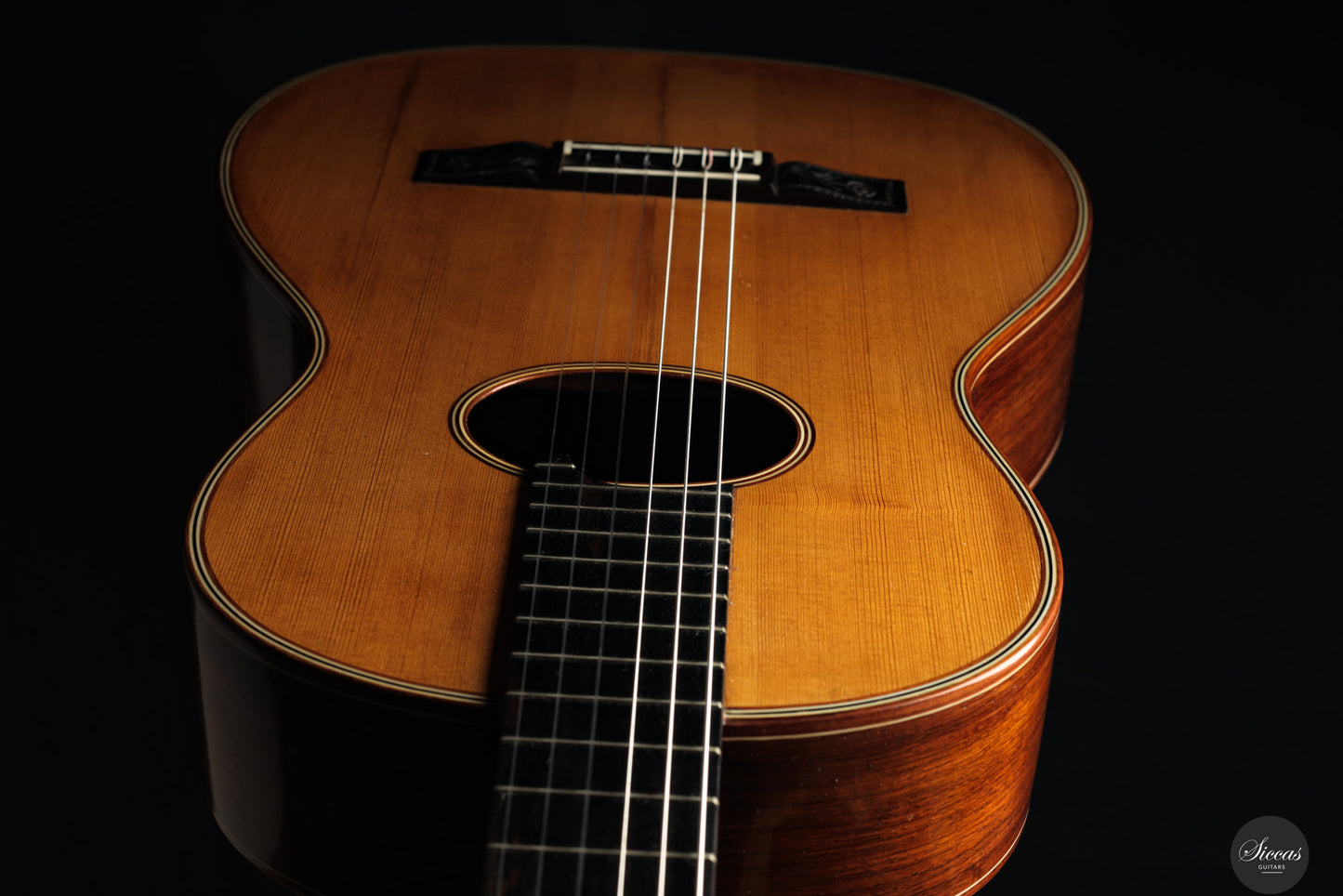
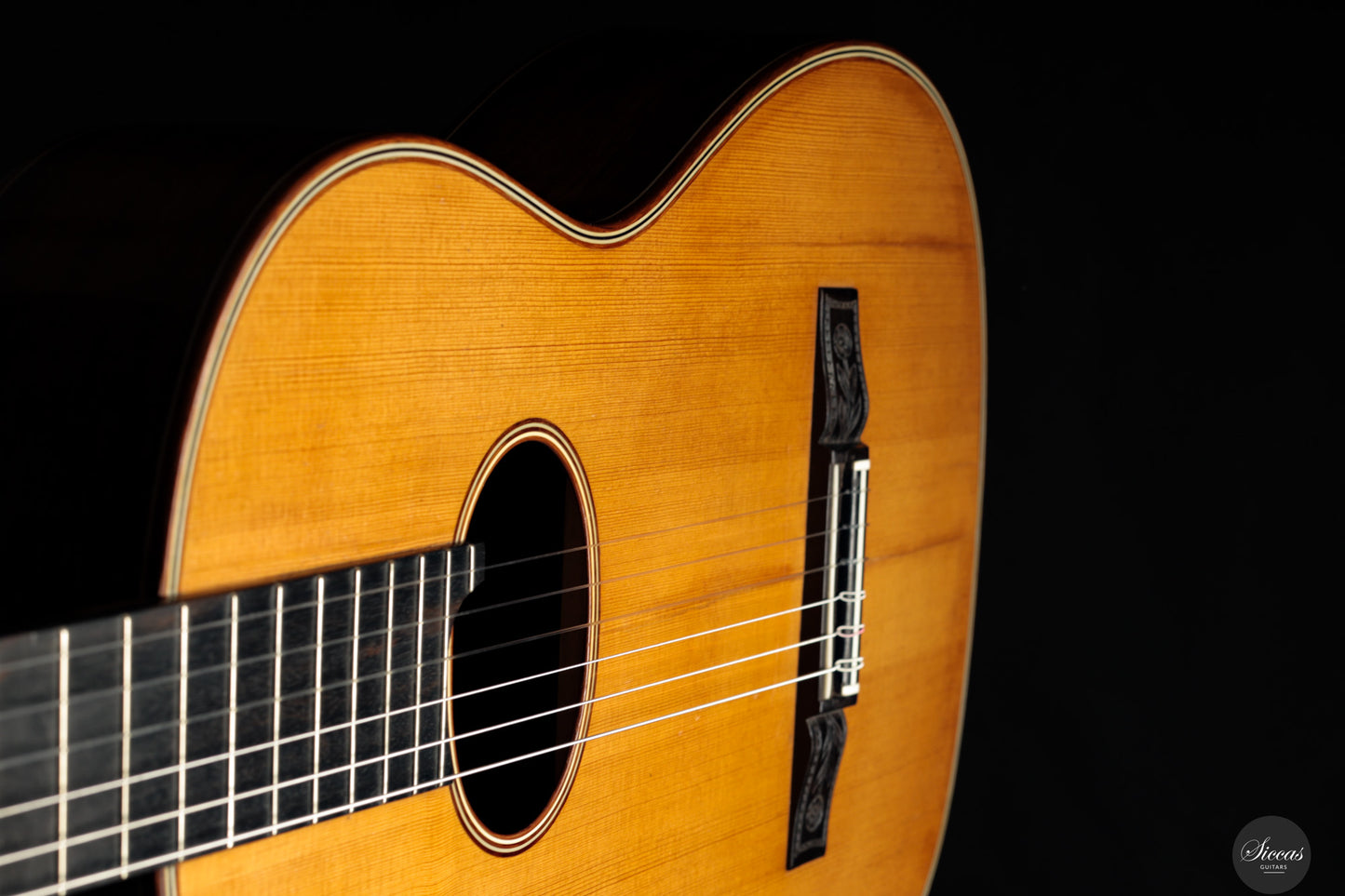
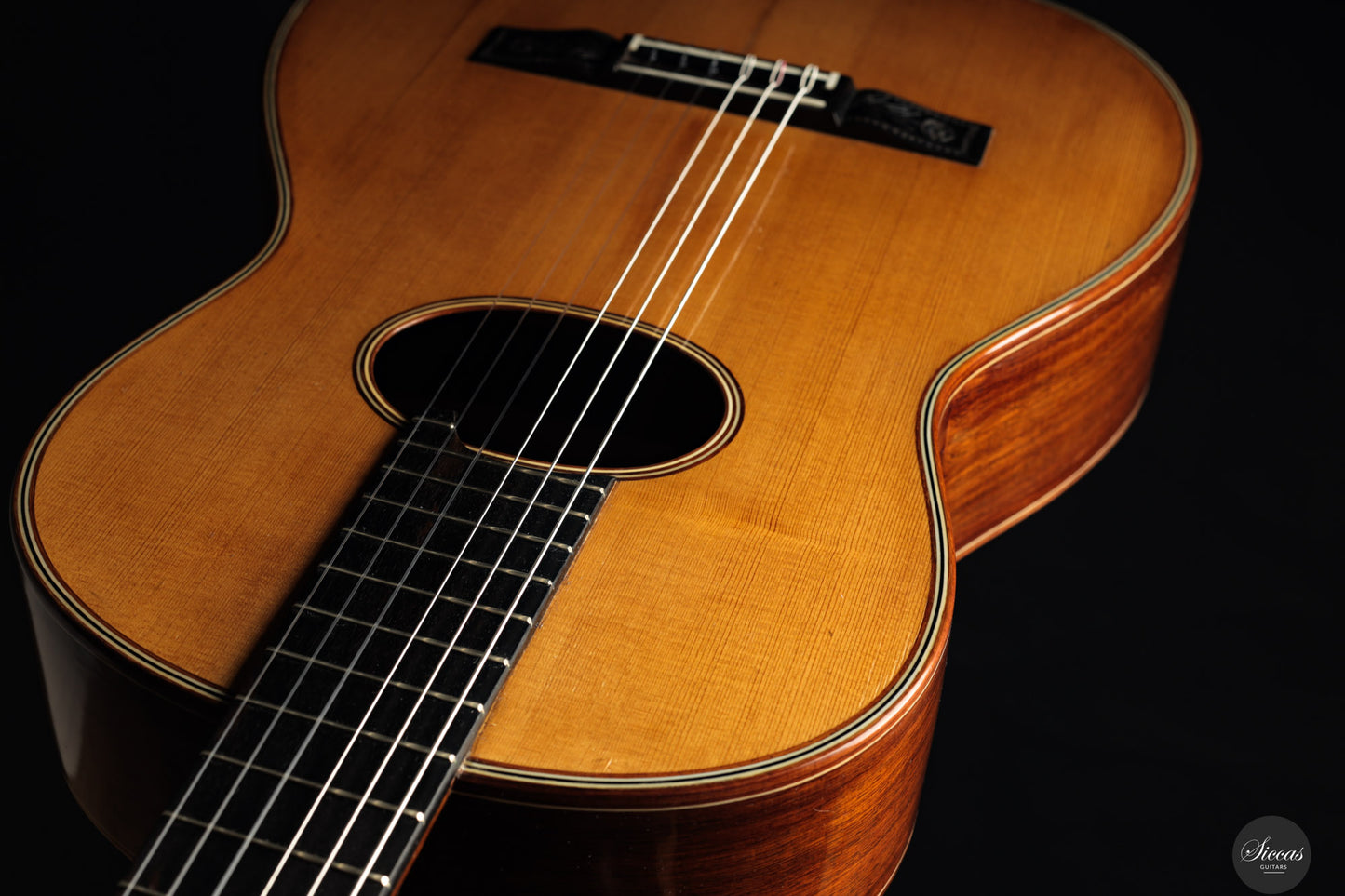
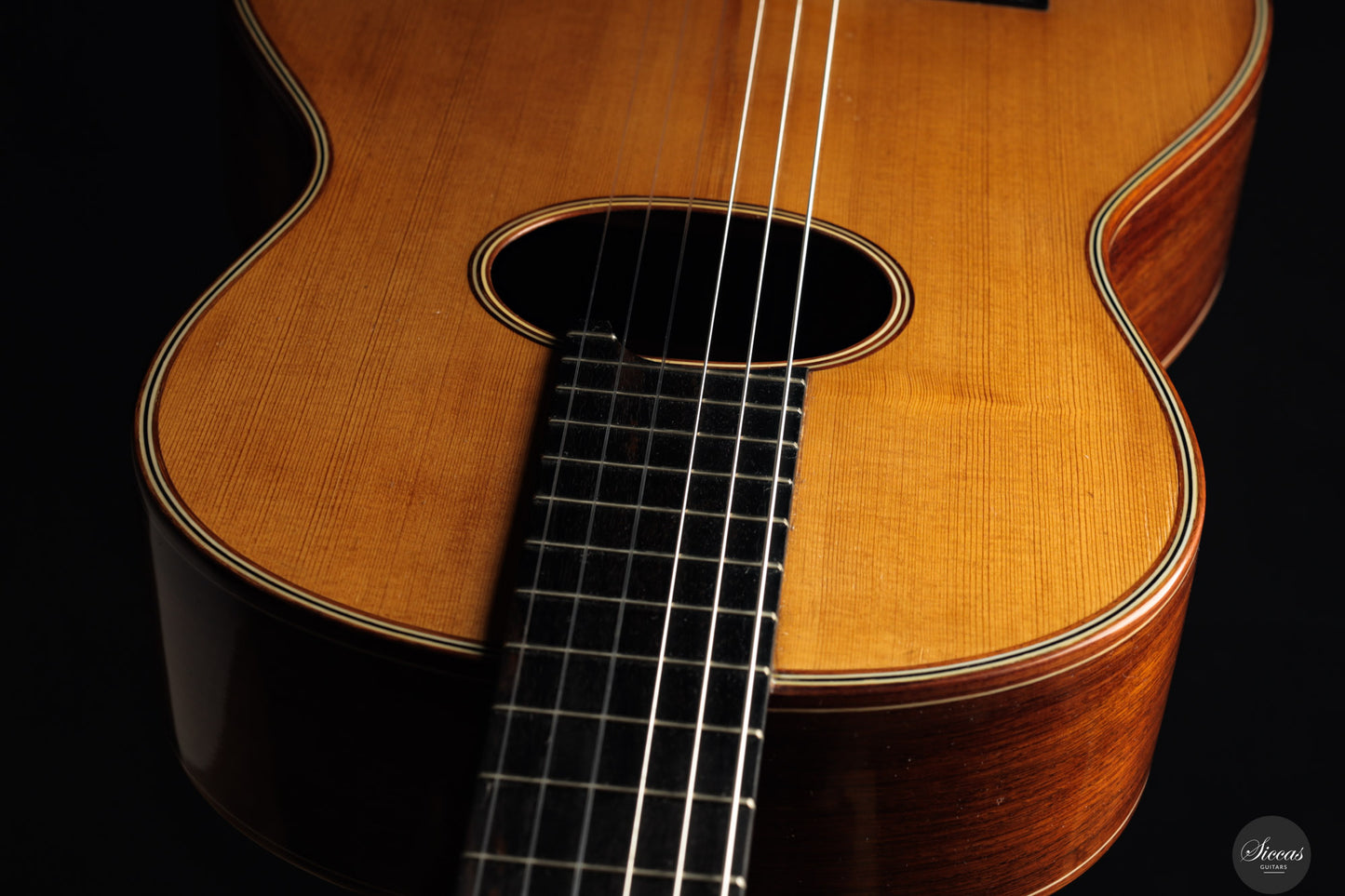
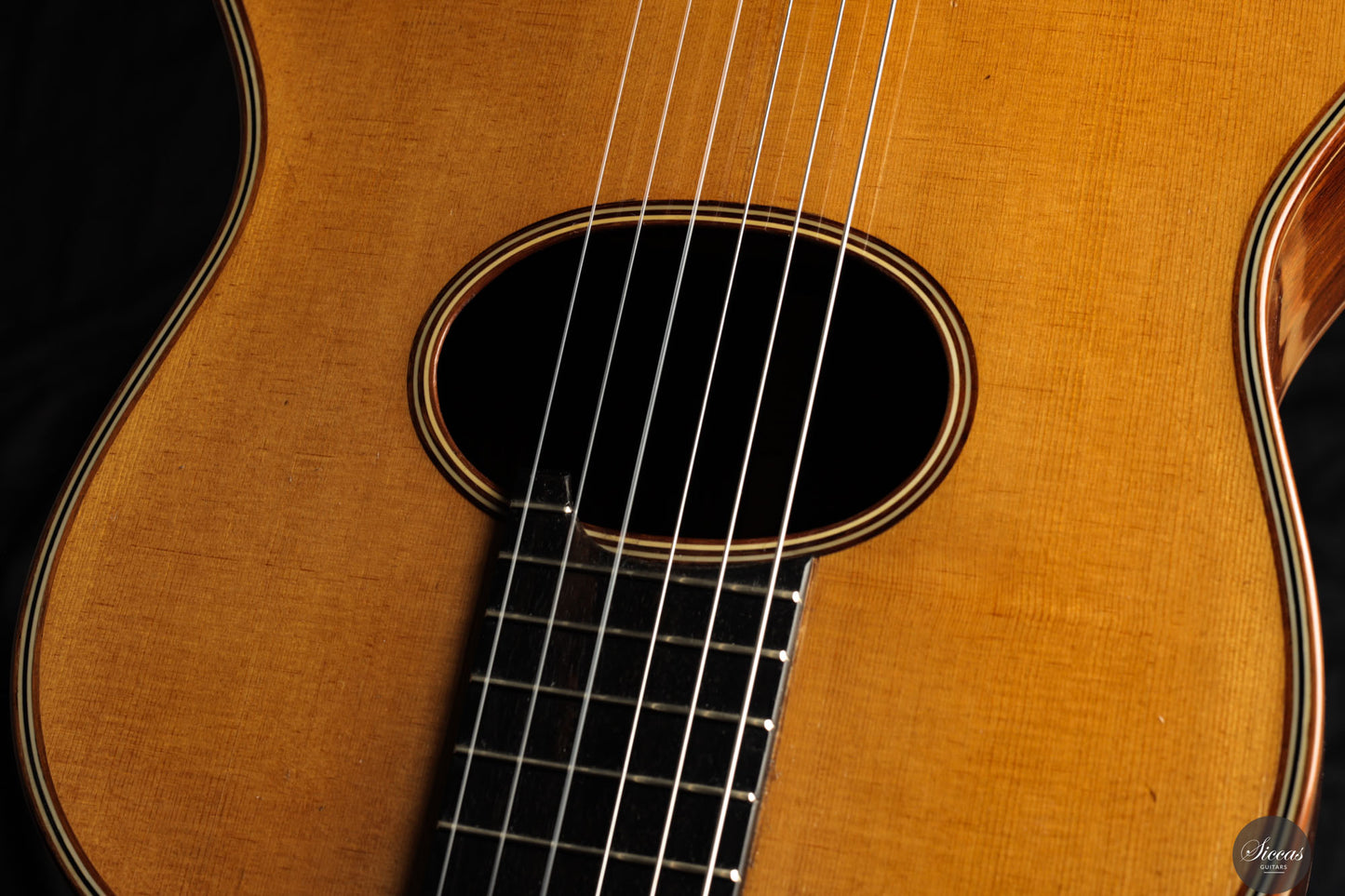
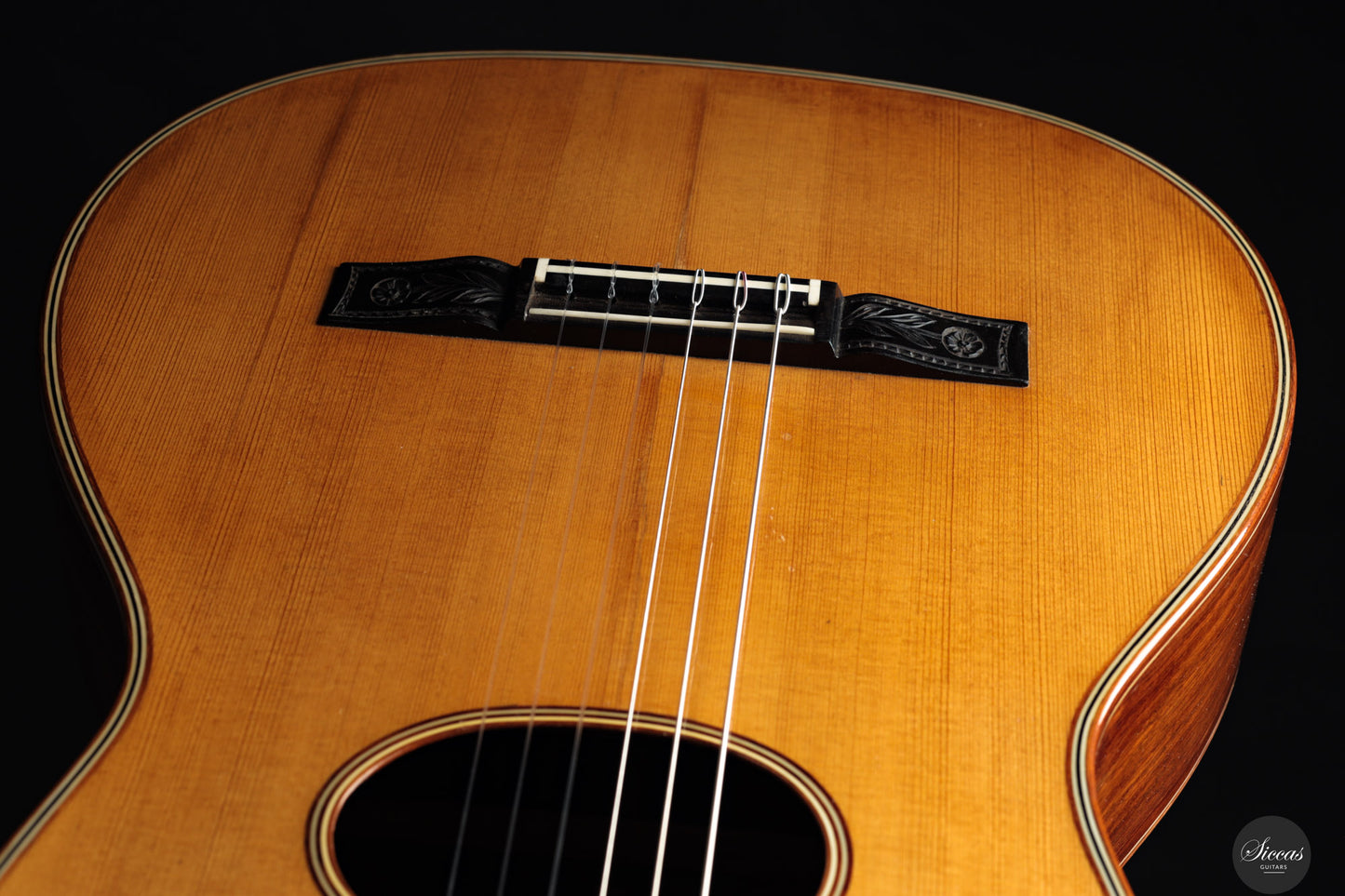
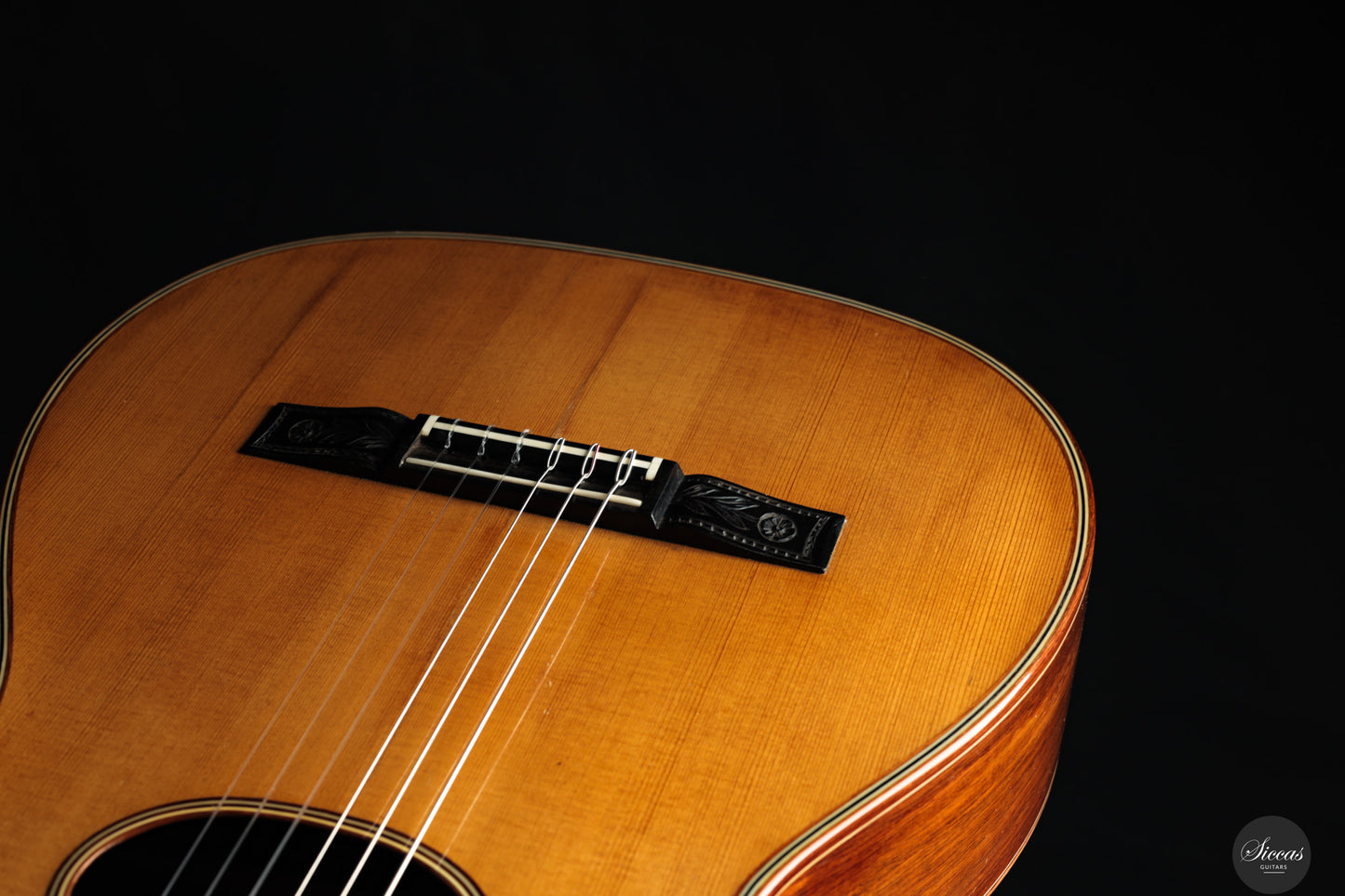
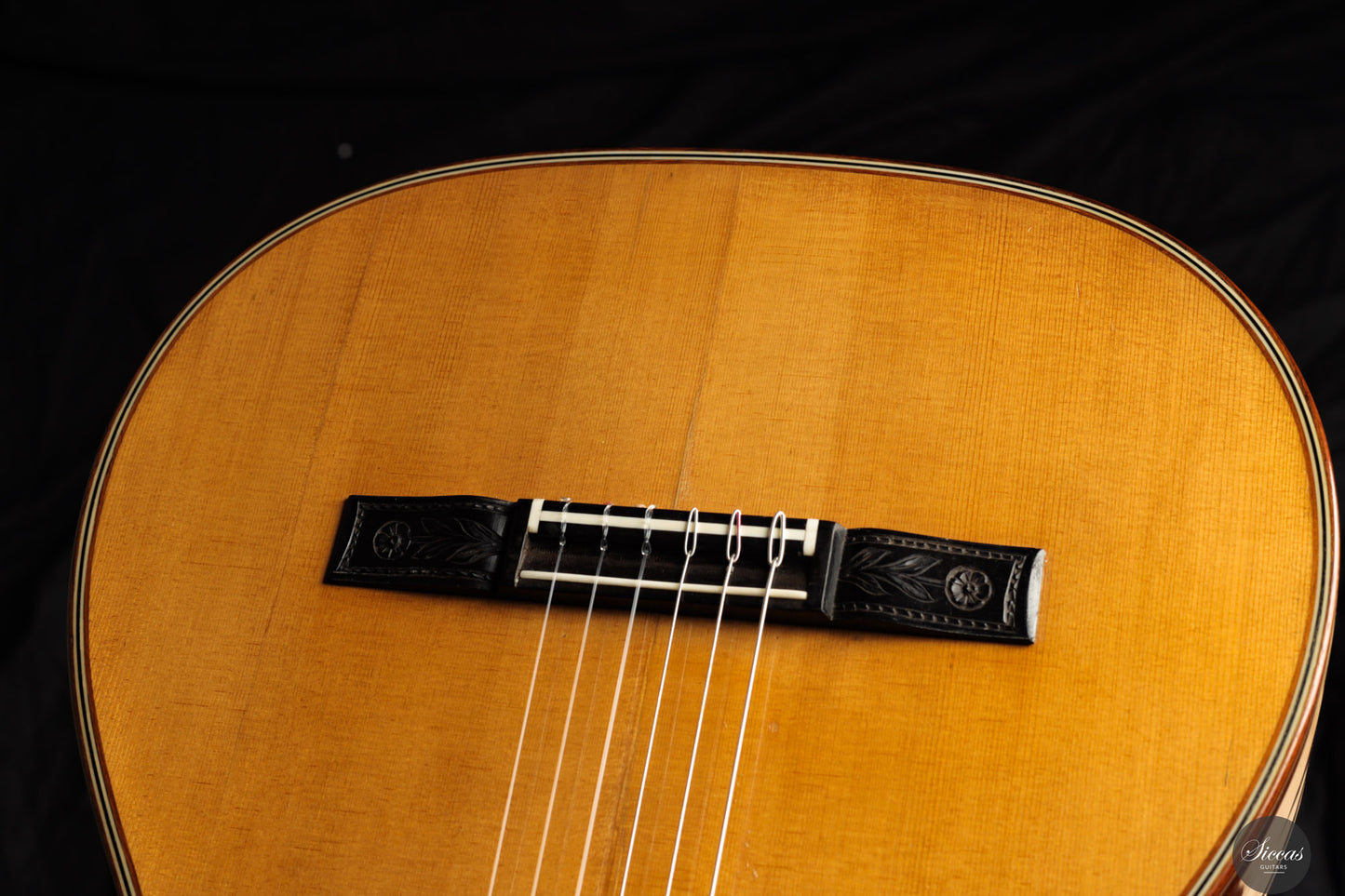
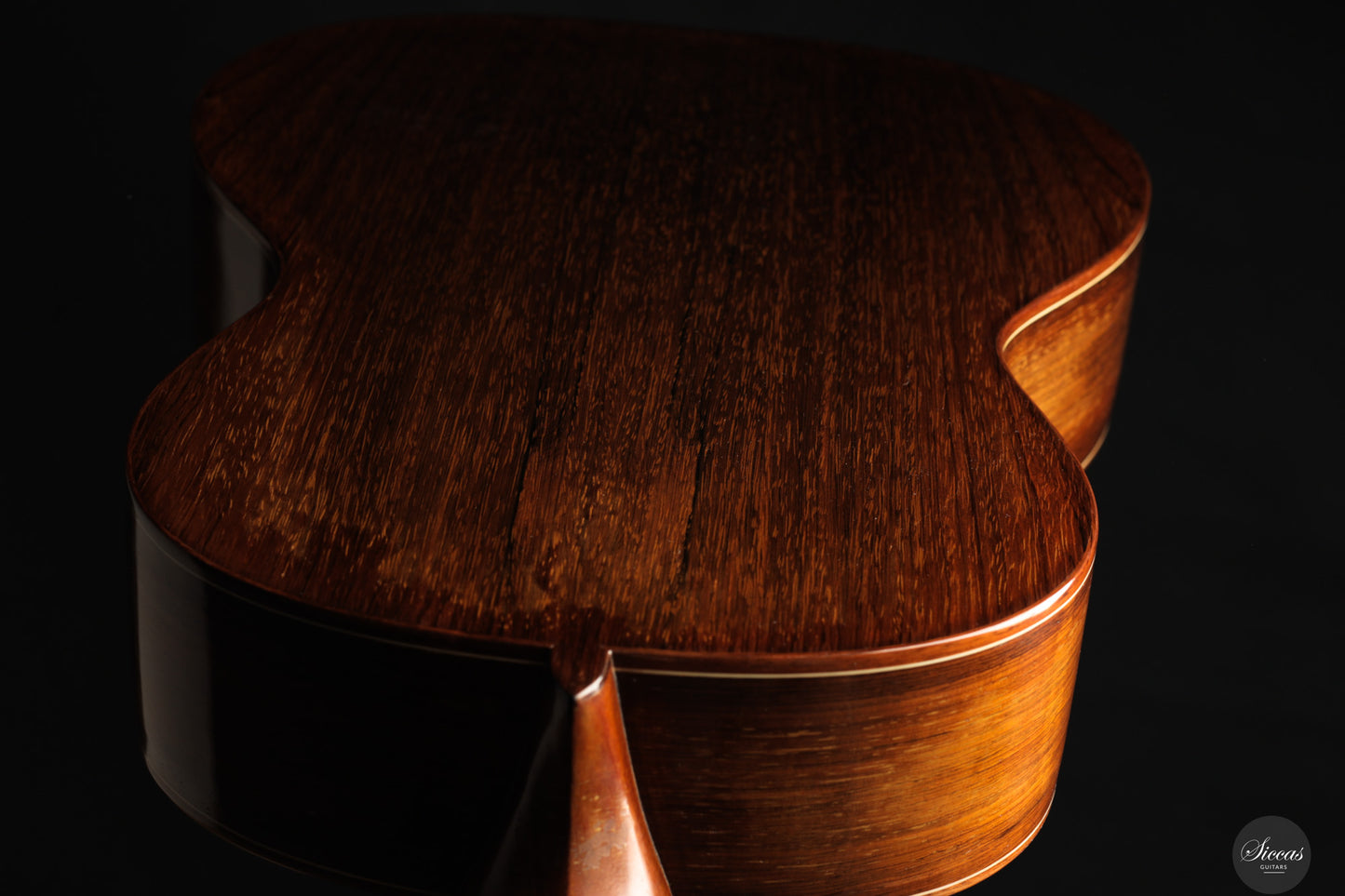

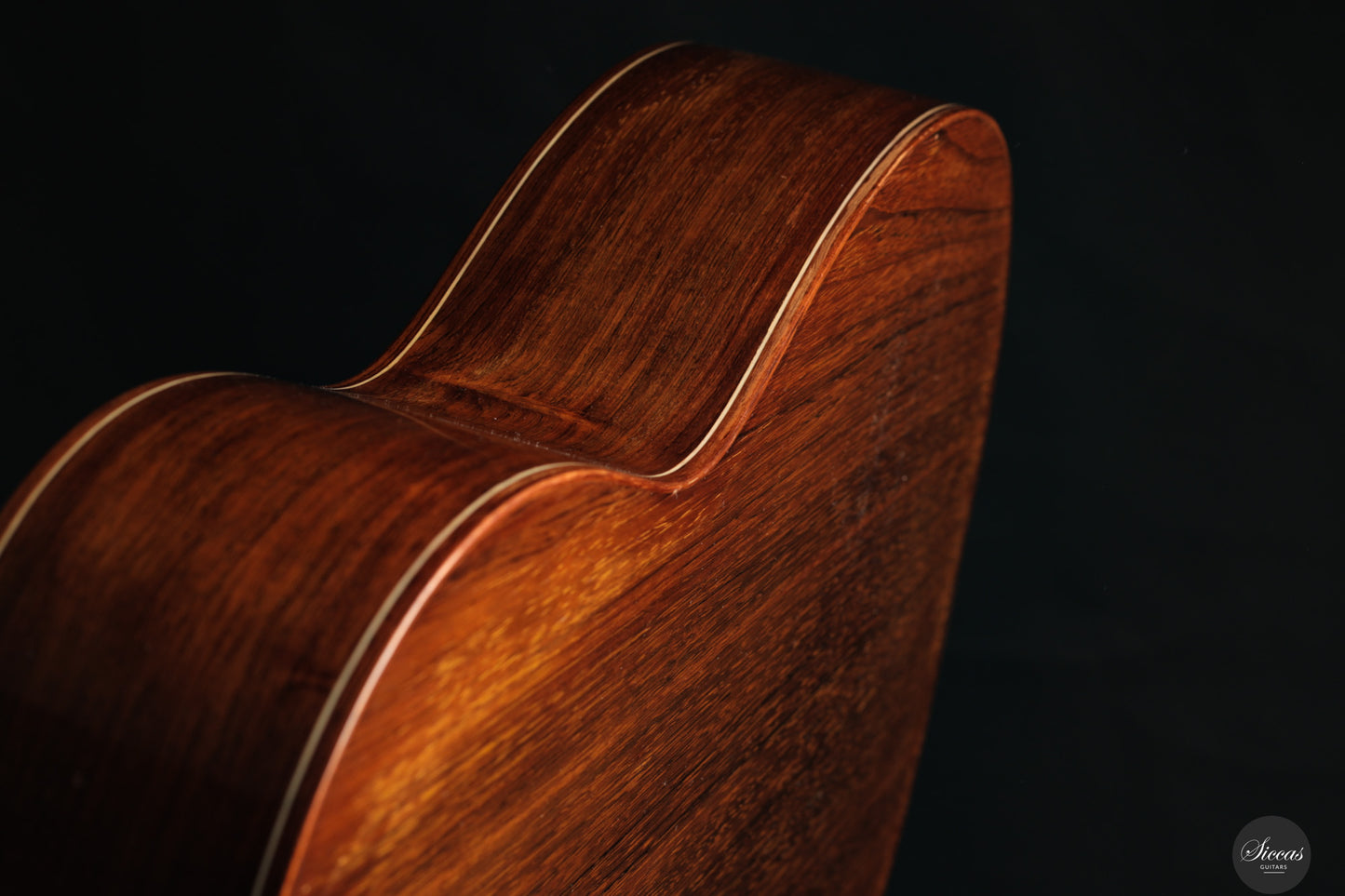

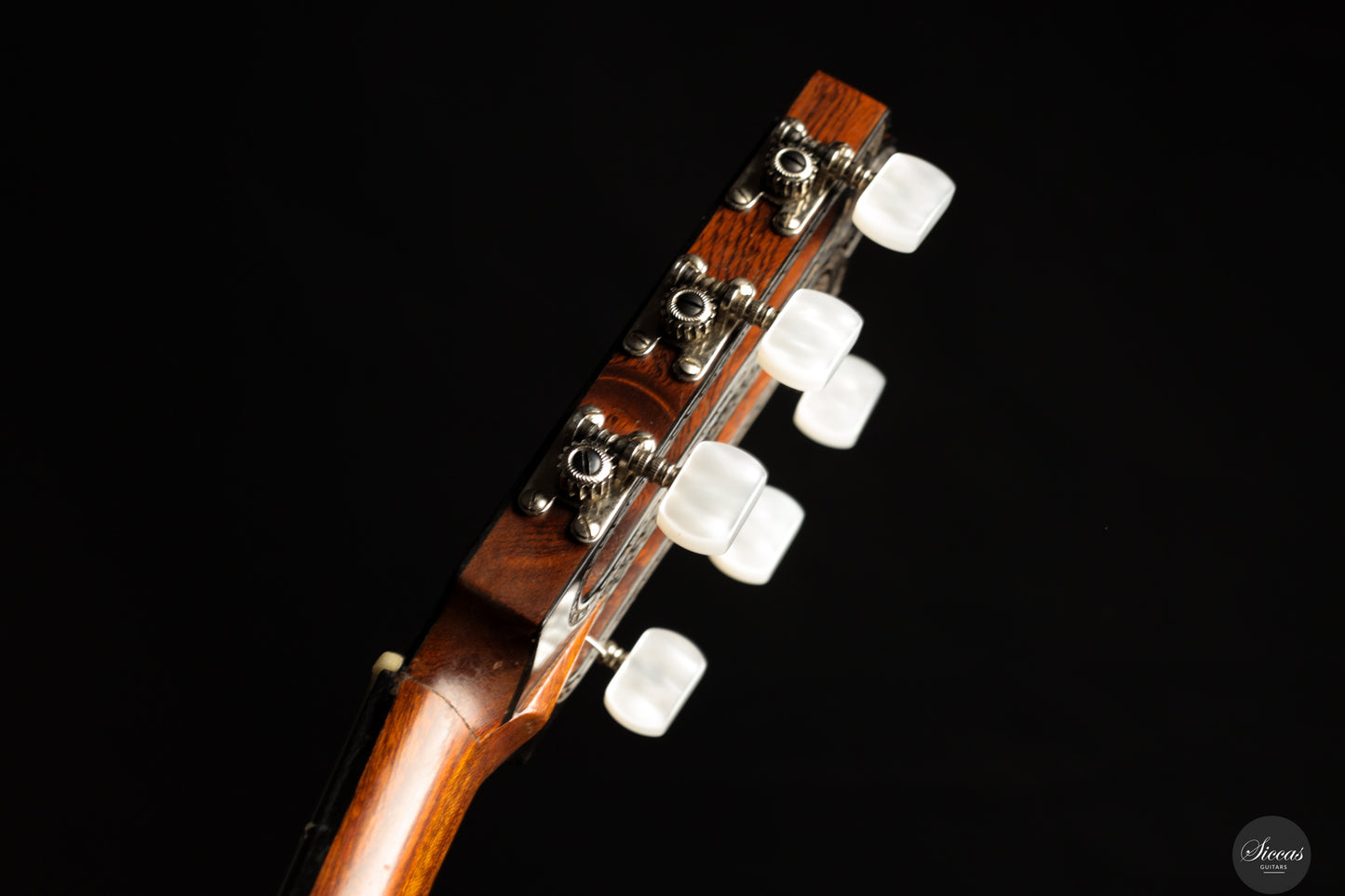

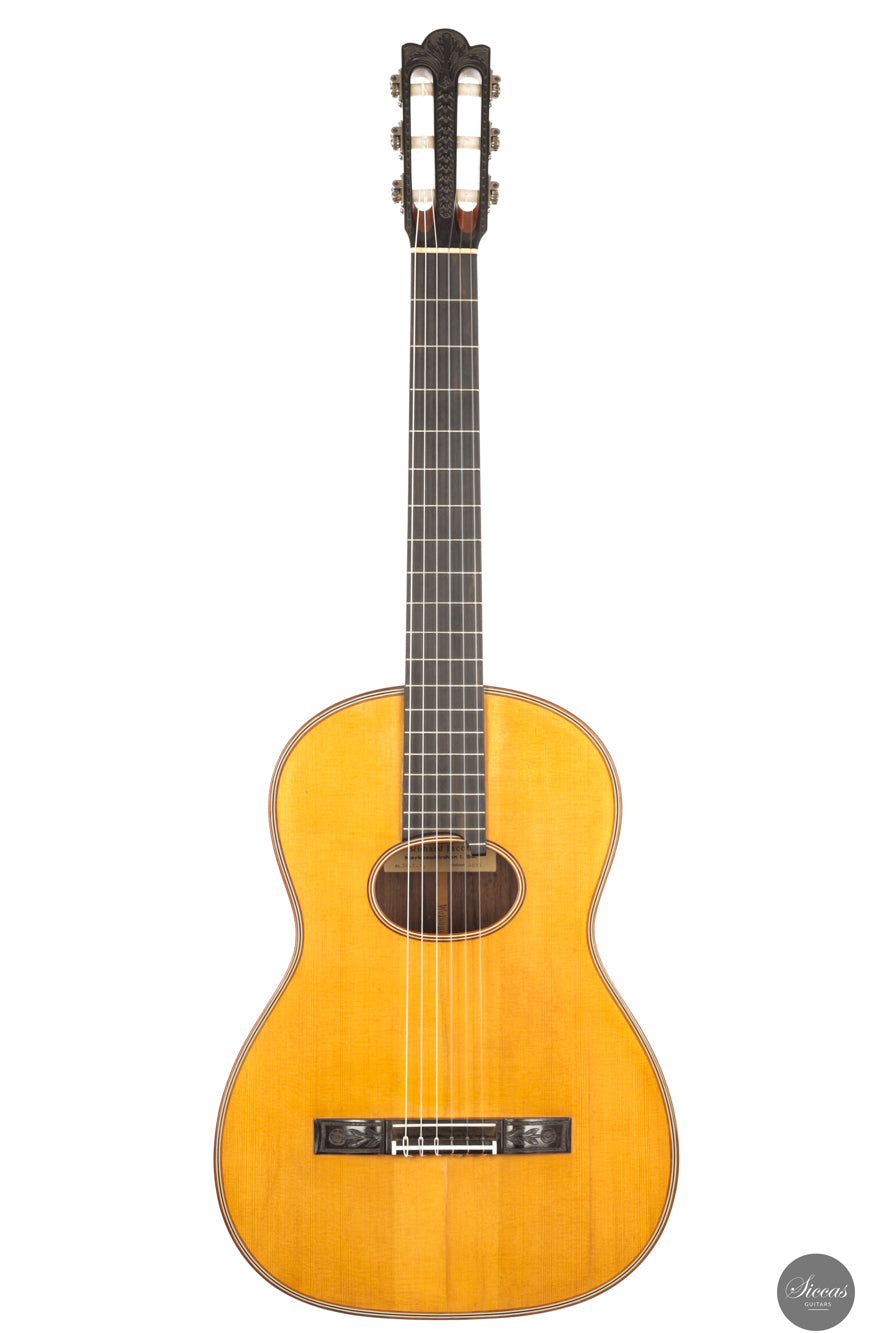
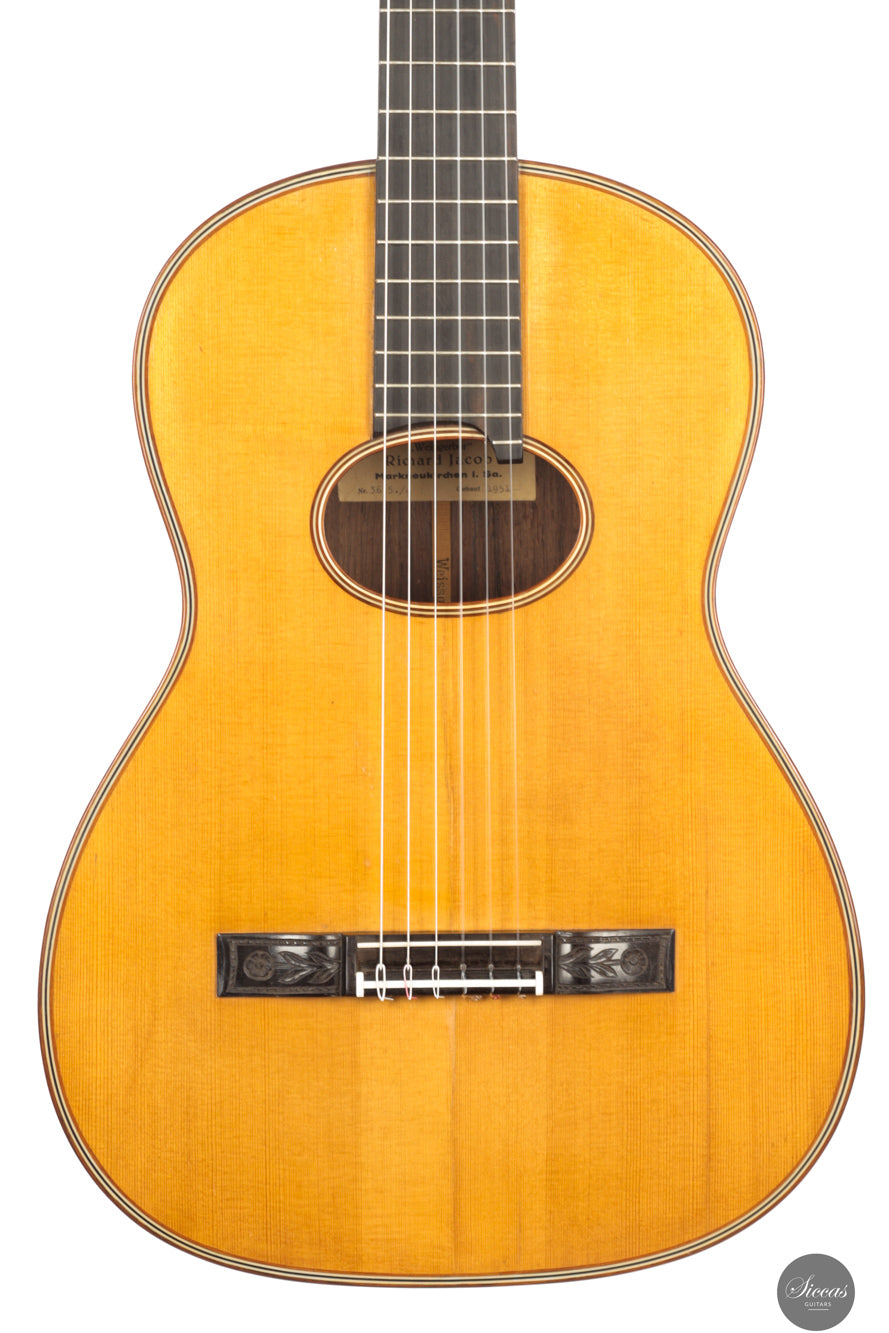
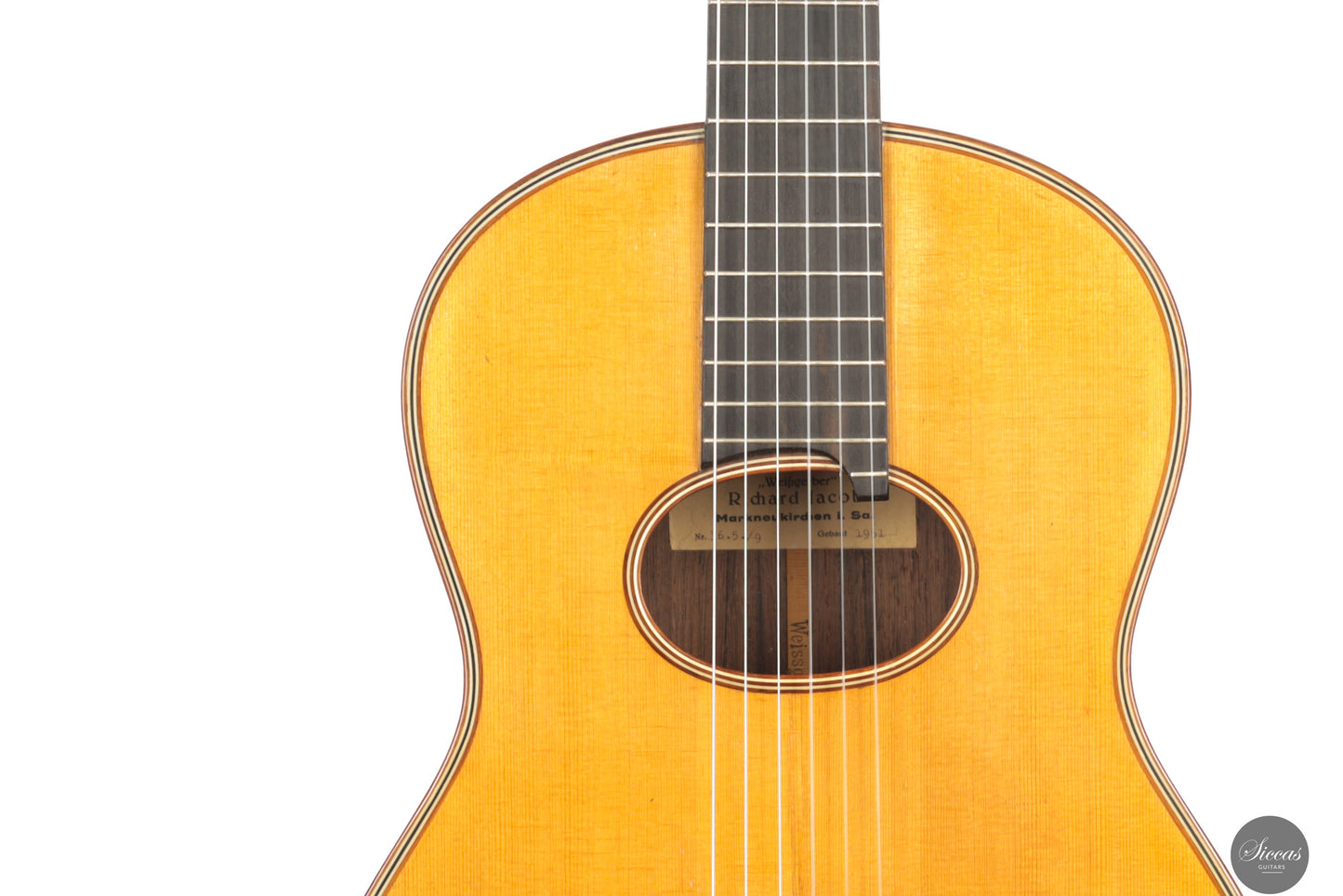
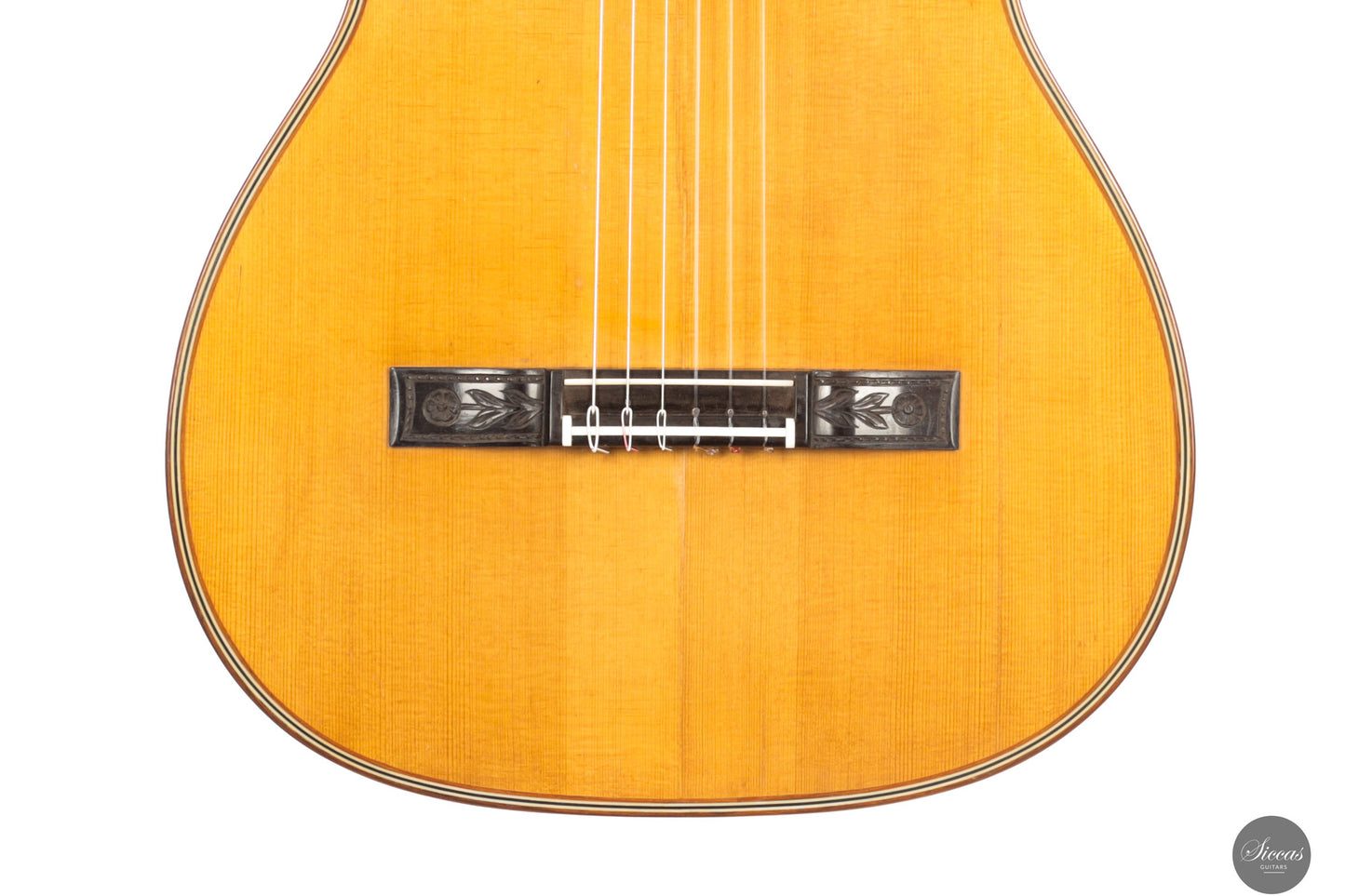
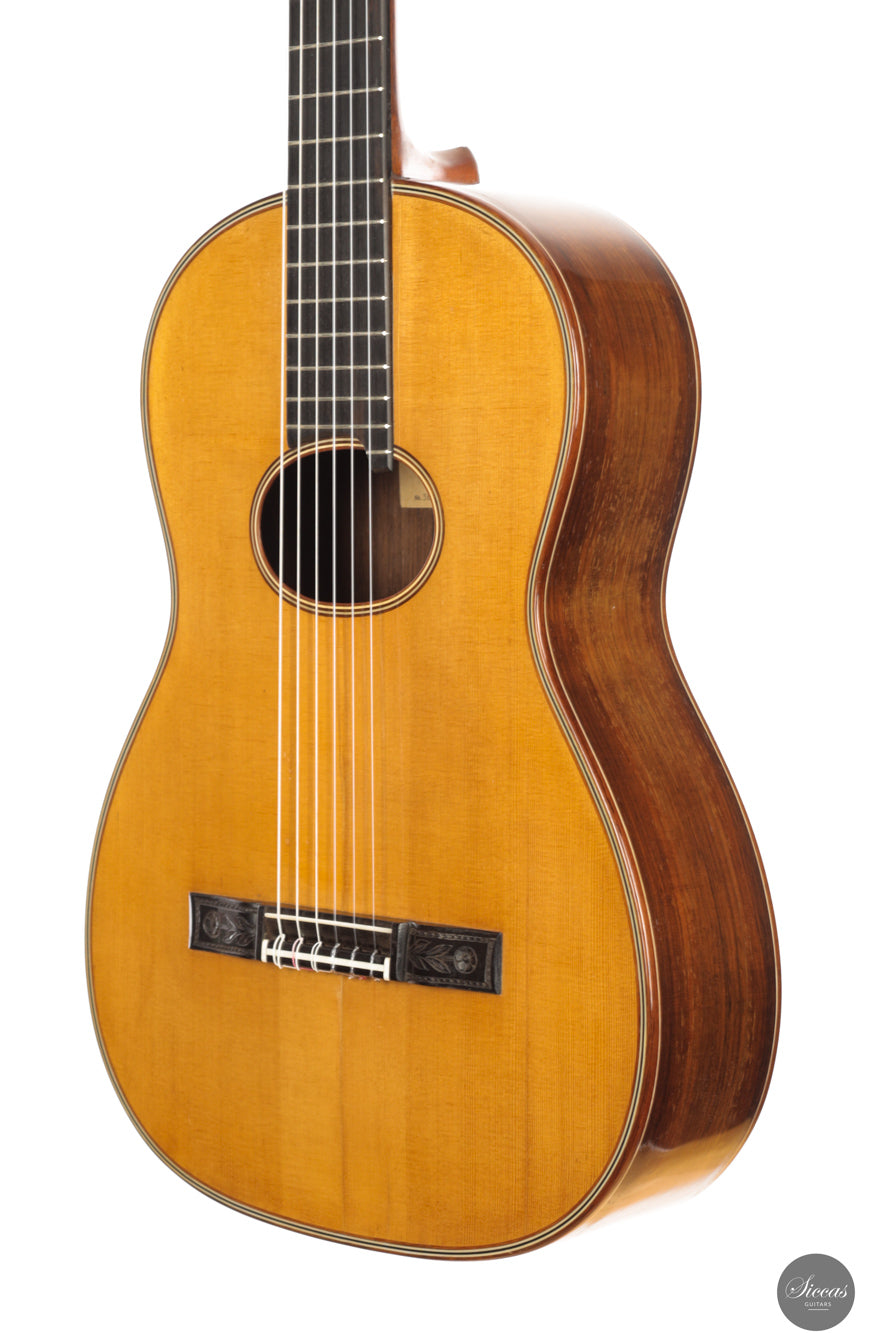
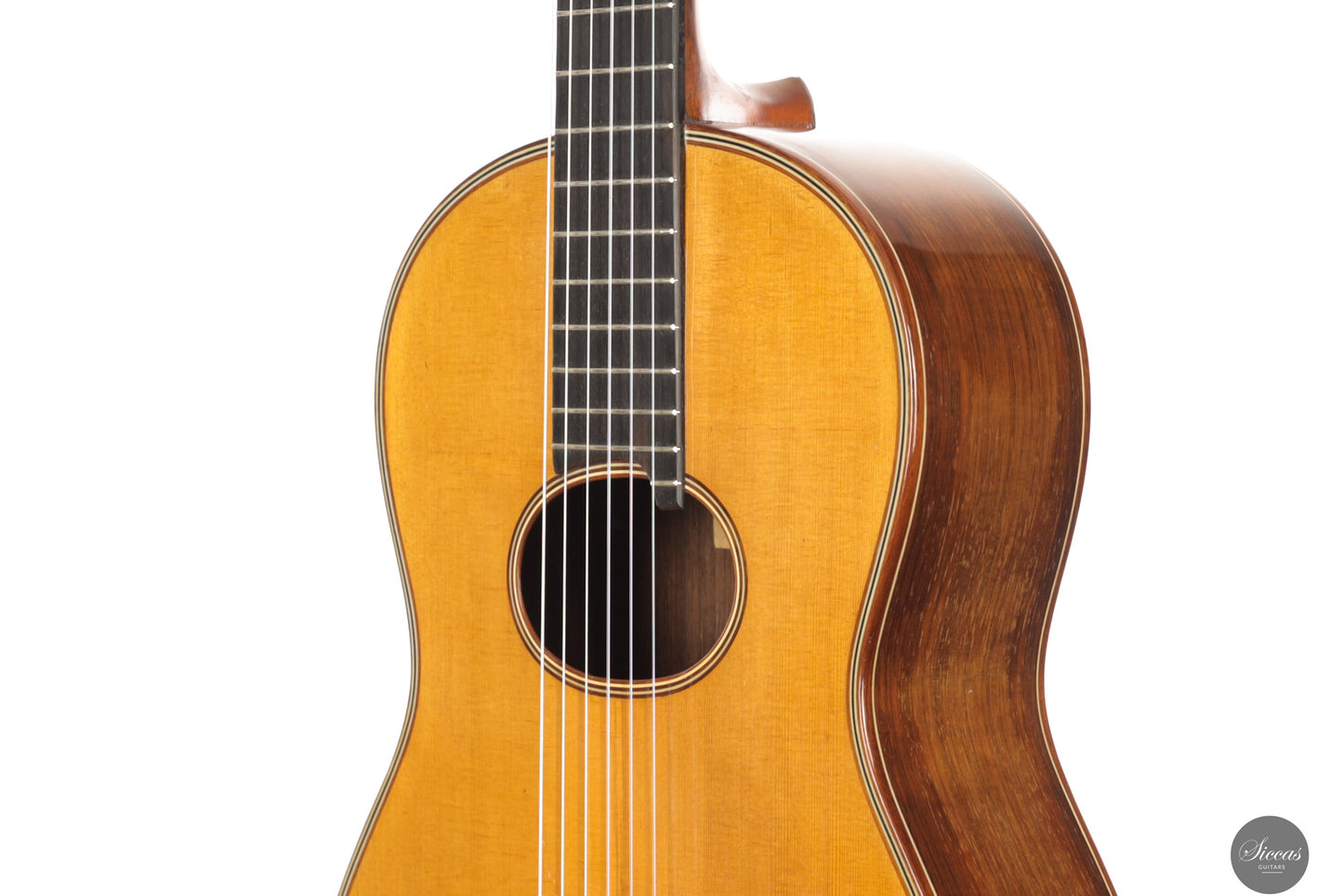
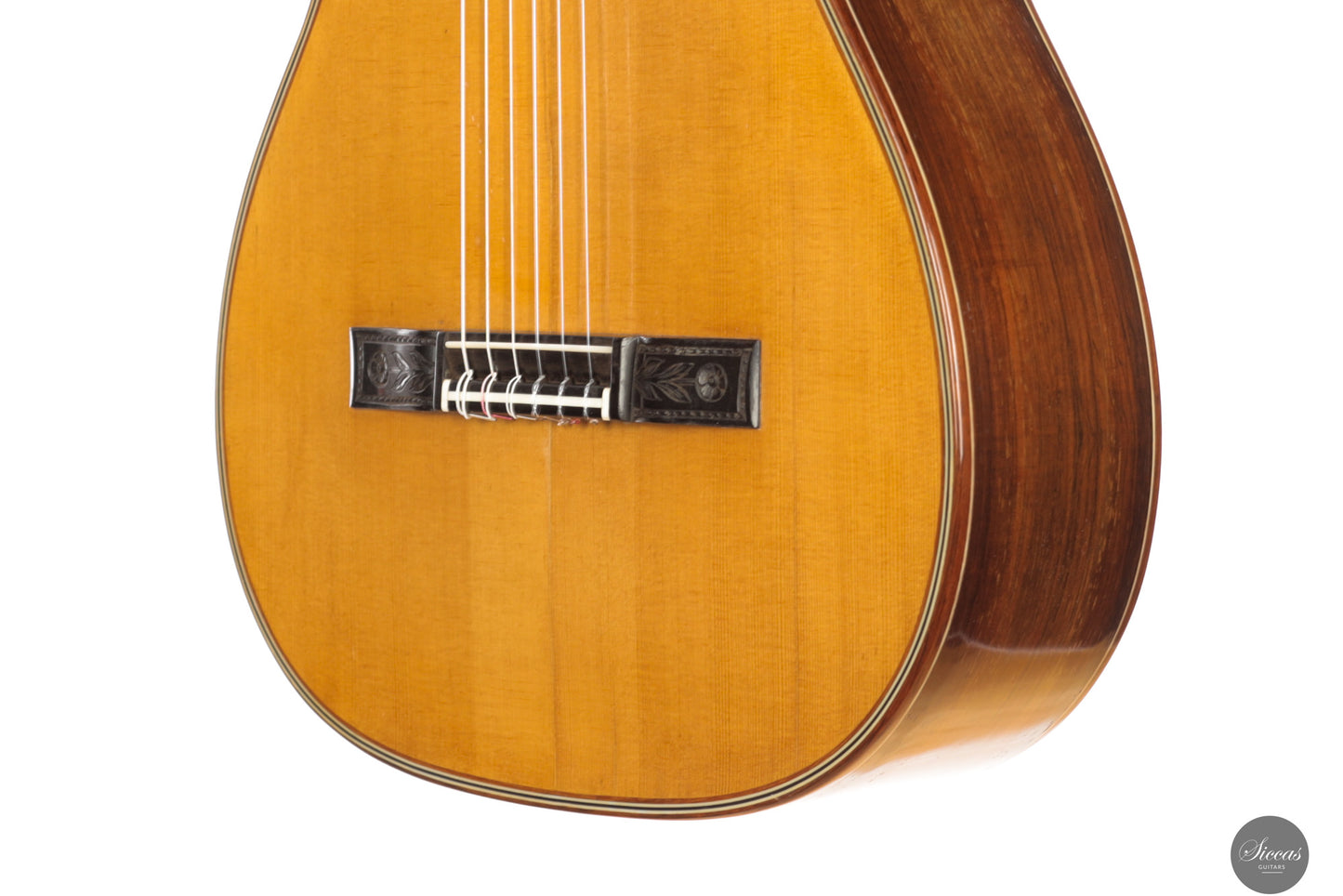
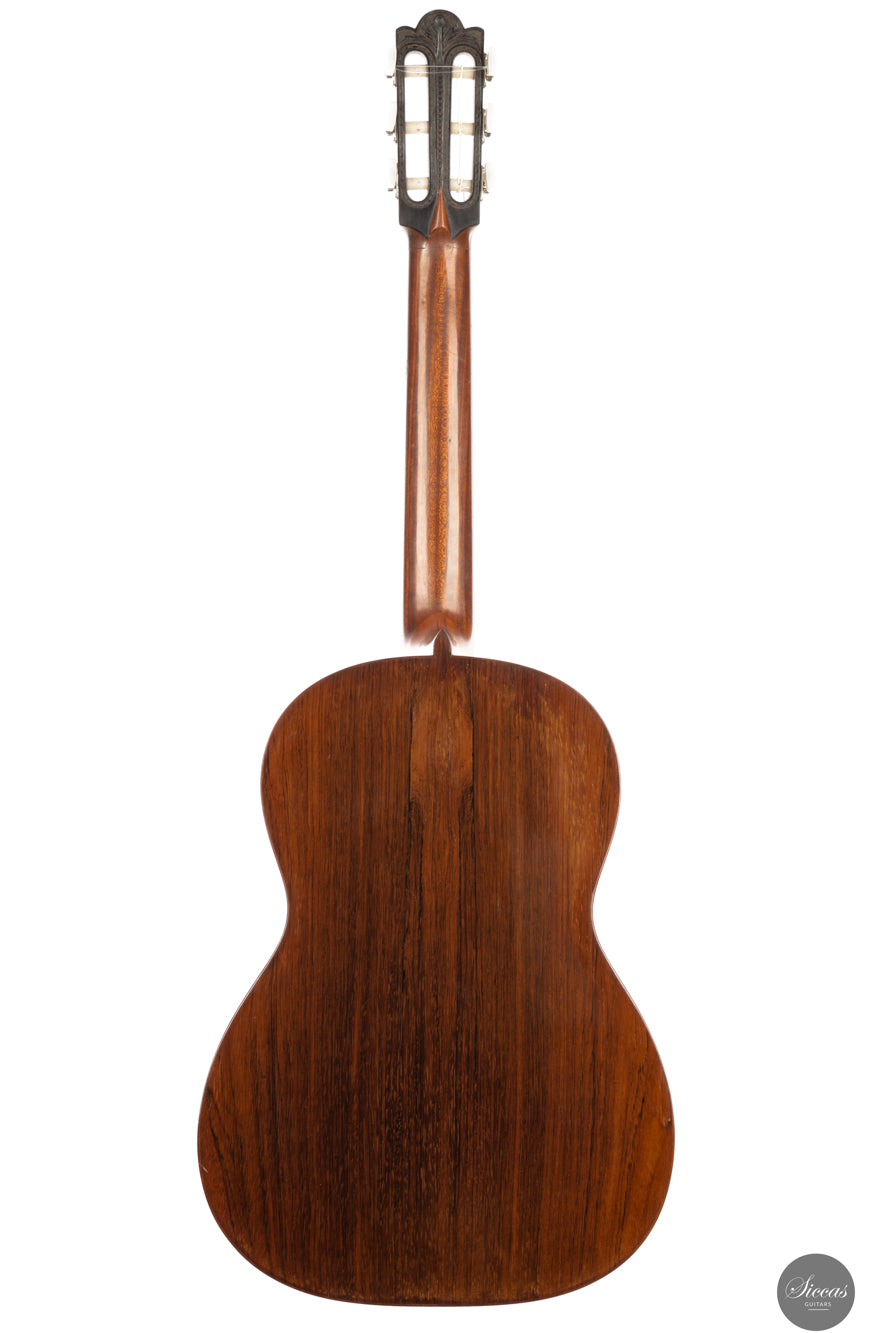
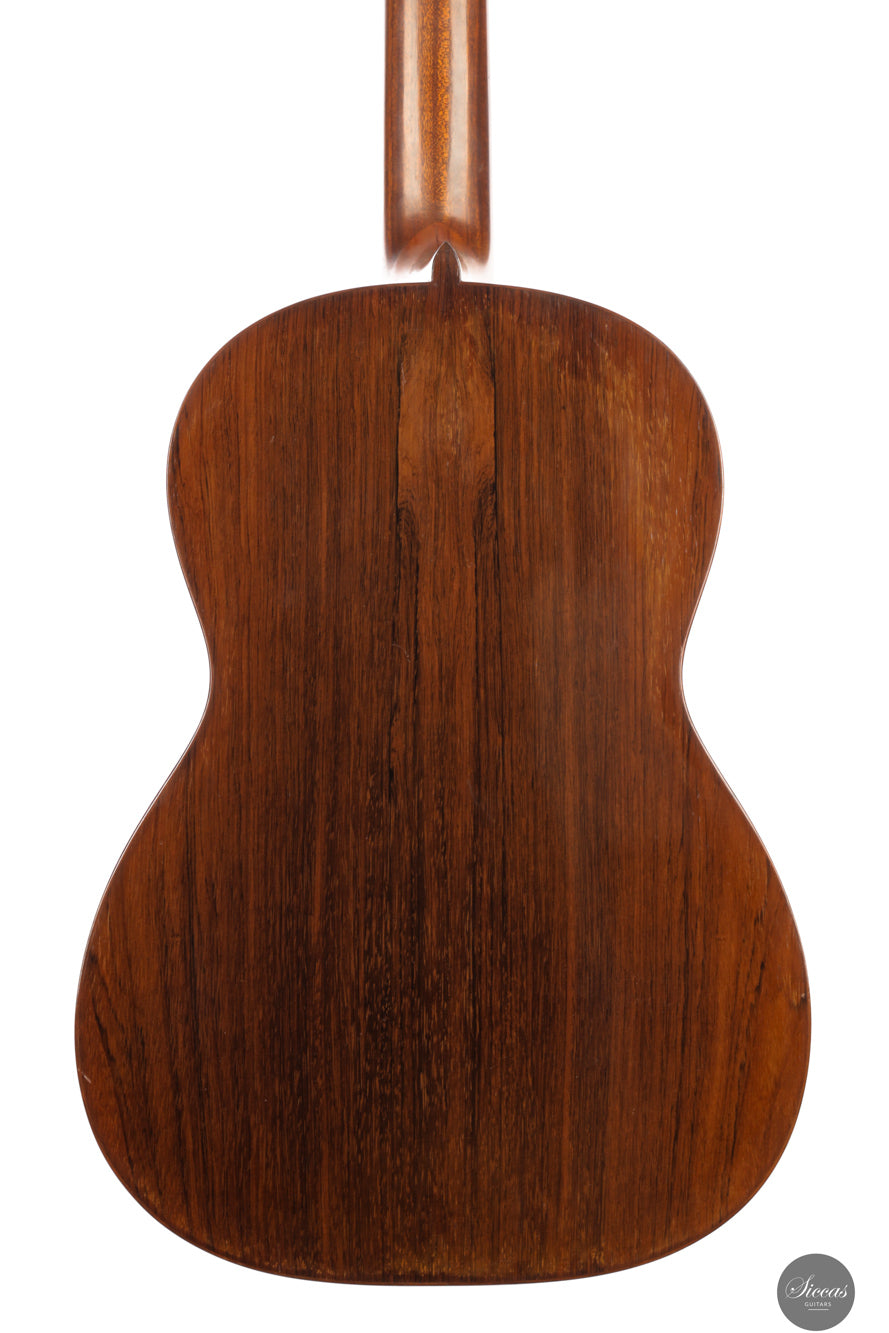

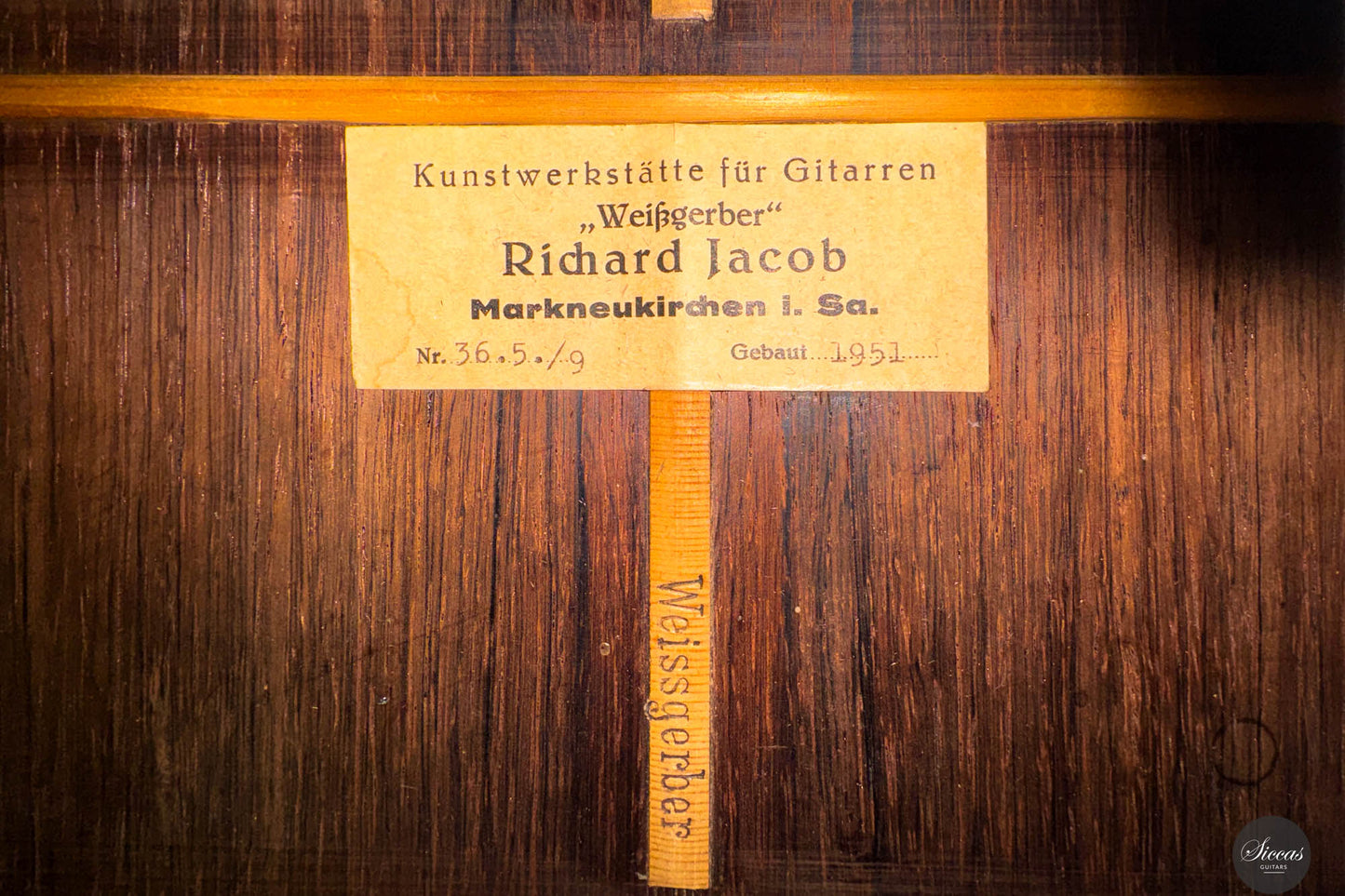
Video overview


More details about the guitar
About the luthier
Richard Jacob Weissgerber, born in Markneukirchen in 1877 and active until his death in 1960, is widely regarded as one of the most creative, innovative and versatile classical guitar makers of the 20th century. In Germany and beyond, no other master produced a comparable variety of models, forms and designs. His legacy spans an astonishing range of instruments and concepts, marked by exceptional craftsmanship, aesthetic curiosity and acoustic refinement.
Throughout more than five decades of work, Weissgerber explored the Spanish tradition while developing his own voice. His workshop, founded in 1905, became a nexus of experimentation, and many of his guitars are preserved today in European collections. He combined structural daring with expressive purpose — using fluted tops, unusual body shapes and advanced bracing concepts — all aimed at serving the tone, balance and projection demanded by serious players.
About the guitar
This 1951 guitar by Richard Jacob Weissgerber, bearing the registration number 036.5/9 and identified as Model Ideal 54 Solist‑G, represents a rare and expressive example of his late concert instruments. Built in Spanish format with a 650 mm scale and weighing only 1,315 grams, it achieves remarkable lightness and resonance. The back and sides are made of finely figured Brazilian rosewood, paired with a spruce top that features Weissgerber’s distinctive light fluting — a signature detail found only on his special models.
Tonally, the guitar offers a deep, rounded voice with warmth and richness in the basses, and clear, singing trebles that carry easily across a room. The enlarged resonating body and carefully tuned construction allow for both delicacy and presence. The instrument speaks with immediacy and subtlety, responding to the lightest touch while also supporting dynamic phrasing with ease. Its balance, especially across registers, is striking, and the tone remains full and vocal even in pianissimo passages.
The neck is crafted from Sapelli mahogany, fitted with a refined ebony fingerboard and strongly seated frets. The headstock is double veneered and carved on the reverse, reflecting Weissgerber’s sculptural sense of proportion. Elegant French polish enhances the natural depth of the materials. The original Rubner tuners, made in nickel silver with French-style rollers, remain intact and function smoothly.
This guitar also holds historical significance. It is believed to be the first known Weissgerber model with an oval soundhole and is considered a prototype for the later large concert guitars. No other instrument of this exact model is currently known to exist.
Condition
This 1951 Weissgerber guitar is in very good condition for its age showing minimal playing wear. The spruce top shows several professionally repaired cracks: two alongside the fingerboard, each reinforced with cleats; one along the center joint; one beside the bridge, also cleated; and one behind the bridge. All repairs are structurally stable. The finish and setup are well preserved, and the instrument performs with full resonance and clarity.
Regular care extends the life of the instrument
Even with careful use, a classical guitar may gradually change in appearance or respond to unstable storage conditions. Have a close look at your guitar regularly and be attentif to changes. If your instrument is suffering from its environement, it will let you know.
Protect Your Guitar: Handle with Care
Be mindful when touching your instrument with greasy or unwashed hands: any skin contact is a small attack on the varnish. Of course, a guitar is made to be played, but taking a few precautions helps preserve its beauty: wash your hands before playing, wear long sleeves, and avoid unnecessary direct skin contact with the body of the instrument.
Pro tip: Avoid playing with a button-up shirt, heavy jewelry, or a belt, as these can scratch the guitar. Also, make sure your guitar case is free of any objects that could damage the instrument during storage.
String care
A good habit to adopt is wiping down your strings briefly after each playing session. This small action significantly extends their lifespan and helps maintain a consistent, comfortable feel under your fingers.
Most importantly, clean strings are essential for keeping your instrument in tune. Corrosion, sweat, and dust can affect the uniformity of the strings and interfere with accurate tuning across the entire fingerboard.
Pro tip: If you're having trouble getting your guitar in tune, it might be time to change the strings. A useful test is to compare the pitch of the 12th fret harmonic with the fretted note at the 12th fret; if there's an unusually large gap between them, your strings may have lost their integrity and should be replaced.
Keep Your Shellac Finish Shining!
Got a guitar with a shellac (French polish) finish? Here's a simple trick: Take a clean microfiber cloth and gently breathe on the surface to create a light mist. Then, softly rub to remove fingerprints, sweat, and grease. That’s usually all it takes to keep it looking great, no products needed!
Pro tip: Every few years, treat your guitar to a check-up with a luthier to keep it in top shape.
Storing Your Guitar: Climate Matters
Your guitar can safely stay outside its case, as long as the surrounding environment maintains 42–55% humidity and a temperature between 18–25°C.
Keep in mind that humidity levels can still fluctuate inside the case, especially during seasonal changes.
- Too much humidity may cause overtightened strings and a dull tone.
- Too little humidity can lead to a bulging top, string buzz, or even cracks.
Avoid placing your guitar near radiators, air conditioners, or windows with direct sunlight.
Pro tip: Always close your guitar case while playing. This helps preserve a stable microclimate inside the case, so your instrument is protected the moment you put it back in.





















































